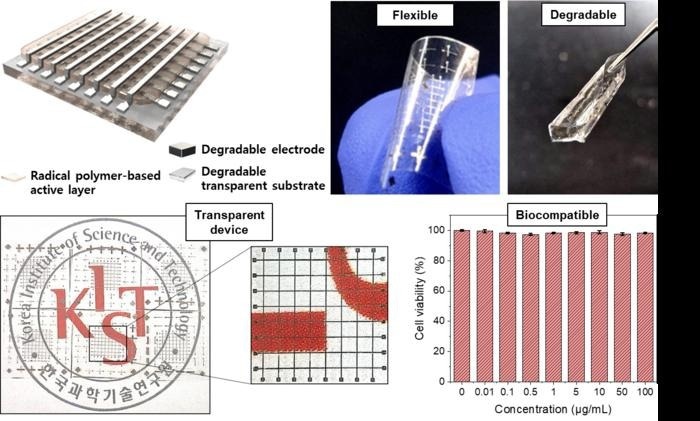Biodegradable Memory Devices: KIST's Breakthrough Towards Eco-Friendly Electronics

In an exciting leap forward for sustainable technology, researchers at the Korea Institute of Science and Technology (KIST) have unveiled a groundbreaking biodegradable memory device. This innovation not only holds promise for high-performance data storage but also biodegrades in water within days, offering a potential solution to the world’s growing e-waste crisis. The study, led by Dr. Sangho Cho and Dr. Yongho Joo, was recently published in Angewandte Chemie International Edition.
Combatting E-Waste with Biodegradable Electronics
As the proliferation of electronics continues—from wearable smartwatches to implantable medical devices—so does the problem of electronic waste (e-waste). These devices, often discarded after use, contribute to environmental hazards and rising landfill pollution. The KIST research team tackled this challenge head-on by developing a novel molecular structure that combines biodegradability with robust data storage capabilities.
The Science Behind PCL-TEMPO
At the heart of this breakthrough lies PCL-TEMPO, a unique molecular architecture that merges polycaprolactone (PCL), a biodegradable polymer, with TEMPO, an organic molecule capable of storing electrical information. Unlike previous attempts at dissolvable electronics, which often suffered from poor performance and fragility, this design provides durability and reliable functionality.
The material is engineered with a protective layer whose composition and thickness can be adjusted, allowing controlled degradation. Once implanted, the protective layer gradually dissolves in water, enabling the core material to spontaneously dissipate in about three days, leaving no environmental footprint.
Performance and Applications
The memory device based on PCL-TEMPO demonstrated impressive results, withstanding over 3,000 mechanical bends and 250 write-erase cycles without degradation. It also maintained data retention for more than 10,000 seconds and efficiently distinguished ON/OFF states over a million cycles.
Potential applications extend far beyond implanted medical devices. These biodegradable electronics could revolutionize fields like:
- Disposable healthcare monitoring systems
- Surgical implants that safely degrade post-surgery
- Eco-friendly data storage devices
- Military reconnaissance instruments for single-use missions
A Glimpse into the Future of Bioelectronics
Dr. Sangho Cho and his team envision evolving this innovation into “intelligent transient electronic devices” that incorporate self-healing and photo-responsive capabilities. Such advancements could significantly reduce patient suffering by eliminating the need for surgical retrieval of implants and contribute to global carbon neutrality goals.
This milestone marks the first integration of physical self-destruction in a high-performance organic memory device, paving the way for next-generation sustainable bioelectronics.
Original Article: KIST Develops Biodegradable High-Performance Memory Device
About Quantum Server Networks
Quantum Server Networks brings you the latest insights from materials science and quantum computing research. Stay tuned for more stories that bridge cutting-edge science and real-world applications.
Sponsored by PWmat (Lonxun Quantum) – a leading developer of GPU-accelerated materials simulation software for quantum, energy, and semiconductor research. Learn more at: https://www.pwmat.com/en
📘 Download our company brochure to explore features, capabilities, and success stories: PWmat PDF Brochure
📞 Phone: +86 400-618-6006
📧 Email: support@pwmat.com
#MaterialsScience #BiodegradableElectronics #Sustainability #QuantumServerNetworks #KIST #Bioelectronics #EwasteSolutions #FutureTech

Comments
Post a Comment